|
Another fabulous programme all over HK with the kids from Island School! Mixing up a variety of locations and activities each day.
0 Comments
Venturing into the wilds of Sai Kung, the plethora of options open to hikers is astounding. Amongst the area’s list of many hills, top of most to do lists lies Sharp Peak. Arguably Hong Kong’s most remote mountain, areas surrounding the mount are simply stunning! Although Sharp Peak isn’t massively high at 468m, it is a very prominent hill and easy on the eye. The unspoilt views from the summit are among the finest in the land. Much of the route to and from is simply a segment the MacLehose Trail stage 2, however the meat of this sandwich deviates away to tackle Sharp Peak itself. Getting there can take some time from HK Island and Kowloon (particularly on weekends & Public Holidays), but it is a relatively hassle-free trip. Having reached Sai Kung, grab a cab out to either Pak Tam Au or Sai Wan Pavilion for around $100. Alternatively, one can take the 29R village bus from SK Town Centre to Sai Wan Pavilion or Hoi Ha Minibus and various KMB routes to reach Pak Tam Au. If starting at Pak Tam Au (easiest way), walk for an hour along the Maclehose Trail up to the top of the pass just after distance marker M040 where you then need to make a left turn onto a smaller trail. If coming from Sai Wan way, you’ll need to first reach Ham Tin Wan, then at the top of the pass out of Tai Long Wan, turn right instead of left to reach this trail. From there the ribbon trail works its way along a gentle ridgeline, transporting you through some light forests before breaking out into shrubbery, followed by open grassland. From here the way up is clearly evident as the gradient dramatically steps up a gear and Sharp Peak gets ‘sharp’.
The natural rock formations in the area south of Sharp Peak are very special and if you have a little extra time. Exploring the adjacent HK Geopark makes for a fun detour hiking over to the East Dam if you are very fit, or by sea (if there are speedboats operating) out of Tai Long Wan.
All in all, this is arguably Hong Kong’s most prestigious summit to have bagged. It may not be quite as high as Tai Mo Shan, or as technical as some other hills; but for its remoteness and beauty, Sharp Peak is a true HK heavyweight. For anyone who enjoys a physical challenge and packing in lots of sights, these routes make for an incredible day out. Kayaking around HK 🚣🏼♂️ 🇭🇰 - 260km around Hong Kong, paddling on the outside of all the outermost islands in an epic local adventure. 1st leg - 📌 Sai Kung to Lamma Island - Paddling from Sai Kung to the south, a night was spent camping under the stars on the rugged Ninepin archipelago. From the Ninepins lay an open stretch ahead, across a few easterly swells to Waglan and Po Toi where an afternoon was spent stretching the legs across the Islands’ many footpaths. 2nd leg - 📌 Lamma Island to Mai Po - Was an absolute pleasure to link up bright and early with DJ on the northern shores of Lamma Island and make a circumnavigation (i went about 90% of the way round) of his home Island together! Once at the power station we parted ways and I crossed in unusually serene sea conditions to Cheung Chau. After a comfortable stay overnight, I linked up with Mark with batteries charged and we made rapid progress reaching the Soko Islands with plenty of time to explore the area. Highlights being the abandoned Vietnamese refugee camp and most vivid bioluminescence I have ever witnessed. Winds picked up a bit over night providing a blustery crossing to South Lantau, home to freshwater pools and a big feed at Tai O. Paddling under the bridge to Macau we’d hoped to see pink dolphins, but without luck. This marked a turning point in our surroundings, which from then on became increasingly industrial as we approached and navigated through Shenzhen Bay. The finale of this leg could not have provided starker contrast, a majestic sunset paddle through the tranquil wetlands of Mai Po. 3rd leg - 📌 Luk Keng to Sai Kung - A return to solo paddling for the final leg set in motion a 2 day epic paddle; crossing Mirs Bay twice before rounding Sai Kung Peninsula to complete my loop around HK. The first task at hand was to transport the kayak across HK’s land border with China to Starling Inlet. Tranquil mangroves at Luk Keng soon emerge onto open waters and after crossing 30km over to Tung Ping Chau in light headwinds, I was in position to follow that up with a big paddle the following day. A northerly front swung through overnight and an early start helped to propel me homewards through increasingly tumultuous waters. 50km later, I was home and the trip was done 👍🏼
Info on DJ's series 'Drone & Phone'; https://www.droneandphone.com/ https://www.facebook.com/droneandphone/
Info on Mark's row across the Northwest Passage; https://nwpexpedition.com/ https://www.facebook.com/NWPexpedition Filmed by Rory Mackay & Jack Yao Produced by Rory Mackay #kayakingaroundhongkong #wildhongkong #kayaking #adventure #maipo #shachau #lantau #sokoislands #Cheungchau #lammaisland #winter #paddling #beach #hongkong #stunner #fun #hkiger #discoverhongkong #wild #vista #bliss #hk #wildhk #hkig #photooftheday #gopro #wanderlust #drone #lukkeng #tungpingchau #tailongwan #saikung #mirsbay #starlinginlet #ninepins #waglanisland #potoi Sai Kung native Rory Mackay kayaked 250km around Hong Kong, paddling on the outside of all the outermost islands in an epic local adventure. Rory cast off from the shore just 20 metres in front of his house near Sai Kung, and kayaked in three legs; "Paddling from Sai Kung to the south, a night was spent camping under the stars on the rugged Ninepin archipelago. From the Ninepins lay an open stretch ahead, across a few easterly swells to Waglan and Po Toi where an afternoon was spent stretching the legs across the Islands’ many footpaths. Was an absolute pleasure to link up bright and early with an old friend called DJ on the northern shores of Lamma and make a circumnavigation (I went about 90% of the way round) of his home Island together! Once at the power station we parted ways and I crossed in unusually serene sea conditions to Cheung Chau. After a comfortable stay overnight, I linked up with another mate called Mark for the remainder of the second leg with batteries charged and we made rapid progress reaching the Soko Islands with plenty of time to explore the area. Highlights there being the abandoned Vietnamese refugee camp and most vivid bioluminescence I have ever witnessed. Winds picked up a bit over night providing a blustery crossing to South Lantau, home to freshwater pools and a big feed at Tai O. Paddling under the bridge to Macau we’d hoped to see pink dolphins, but without luck. This marked a turning point in our surroundings, which from then on became increasingly industrial as we approached and navigated through Shenzhen Bay. The finale of this leg could not have provided starker contrast, a majestic sunset paddle through the tranquil wetlands of Mai Po. A return to solo paddling for the final leg set in motion a 2 day epic paddle; crossing Mirs Bay twice before rounding Sai Kung Peninsula to complete my loop around HK. The first task at hand was to transport the kayak across HK’s land border with China to Starling Inlet. Tranquil mangroves at Luk Keng soon emerge onto open waters and after crossing 30km over to Tung Ping Chau in light headwinds, I was in position to follow that up with a big paddle the following day. A northerly front swung through overnight and an early start helped to propel me homewards through increasingly tumultuous waters. 50km later, I was home and the trip was done." To see more, you can also see the below article about this trip covered by the South China Morning Post; https://www.scmp.com/sport/outdoor/extreme-sports/article/3124652/kayaker-paddles-250km-around-outside-hong-kong-filling?utm_source=copy_link&utm_medium=share_widget&utm_campaign=3124652 In late March 2020, Wild HK Founder Rory Mackay embarked on a 5 day Kayaking and camping expedition with Mark Agnew from the South China Morning Post. The primary aim was to make a tour of the archipelago which creates Double Heaven. Located in the far flung northeastern corner of the New Territories adjacent to the Chinese mainland, it would require us to cover the best part of 140KM in order to achieve this (starting and finishing in Sai Kung). A world onto its own, Double Heaven by any nations' standards would be considered a remote and relatively pristine place - all the more special for us to visit, given this was in Hong Kong. With all this said however; the adventure (rugged scenery, challenging seas and wilderness beachside camps) either side of exploring Double Heaven was just as exceptional, if not more so. After a shorter half-day on Day 1 in order to get away from Sai Kung town, Day 2 was a mammoth 39KM paddle around the greater Sai Kung Peninsula and across the the mouth of Tolo Harbour to reach Double Island. After a big second day, we earned the privilege on day 3 to go at a more casual pace and explore the various passages of Double Heaven. Time was taken off to explore the charming village of Kat O and restock supplies, before heading south and camping overnight on Port Island. A huge effort followed on day 4 as sea conditions were less hospitable than previous days. It was graft paddling upwind much of the way and most satisfying to arrive at Bluff Island for a short hike and one of the best sunsets I've ever seen (no joke, have seen plenty)! The place was paradise; icing sugar sand, luminescent plankton, no plastic and a decent stash of fire wood. Last day of the trip we made a detour of sorts to explore sea arches and caves on Basalt, Bluff and Jin Islands, before completing formalities.
Although we don't take this trip as a guided tour, or necessarily advocate getting to Double Heaven in the manner we did (it is hard work and requires ocean going experience) - I highly recommend for anyone who regards themselves as a real 'Hong Konger' to visit this remote enclave at least once in your life. Other than kayaking or taking your own boat out there, one can take a ferry to Kat O on weekends and Public Holidays. There is a bountiful array of wild places to explore in Hong Kong, some more remote and some more accessible than others. Our list combines the best of both on offer in HK, with all offering respite along the way from the summertime heat. All the places below we offer customised tours to. East Dam & Long Ke (East Sai Kung Country Park) –Beaches, Cliff Jumping, Hiking, Kayaking, Rock Climbing WILD FACTOR- ★★★★☆ Venturing into the wilds of Sai Kung, the plethora of options open to adventures is astounding! The East Dam is a great launch pad from which to mount an expedition. Coming in, the drive around the azure waters of High Island Reservoir makes for a scenic introduction. Upon arrival at the east dam one can venture in a couple of directions; either head down the slope to the dam wall and Geopark beyond, or follow the Maclehose trail northwards. The Geopark is rugged and truly wild. Littered with islands, caves and hexagonal rock formations, there are many opportunities for the more intrepid of folk to enjoy some fishing, climbing & cliff jumping. Following the Maclehose Trail in the opposite direction, one can explore arguably the most Idyllic beach HK has to offer in Long Ke Wan and some extraordinary hiking routes over to Sai Wan and beyond. Getting there: Having reached Sai Kung, grab a cab out to the East Dam of High Island Reservoir for around $120. Returning from the East Dam, a taxi is again the best option instead of walking. From Sai Wan, one can hike up to the road or take a boat back to Sai Kung. If hiking back remember to check the 29r bus timetable or call for a taxi in advance, as mobile reception in that area can be fickle.
An untarnished landscape bursting with deserted beaches, fertile valleys and lush jungles lying in wait. Getting there: To reach the start of the trail, catch either the ‘number 11’ bus from Tung Chung, or ‘number 1’ bus from Mui Wo to Tai O. Keep an eye out for Shek Pik Reservoir and disembark at the first bus stop immediately after crossing the dam wall. Take in the beautiful sight of Shek Pik Reservoir and Lantau Peak behind before turning away and following the Lantau Trail south. Additionally, if hiking 15-17 kilometers sounds like biting off more than you can chew, there is always the option to hike either end of the trail as a shorter return from Shek Pik or Tai O, to Fan Lau and Man Cheung Po/Yi O respectively. Ping Nam Stream (Pat Sin Leng Country Park) –Cliff Jumping, River Walk, Waterfalls WILD FACTOR- ★★★★★ If you fancy exploring a natural world that most folk don’t know about within Hong Kong, then a day trip out to Luk Keng could be in order. Located within the innermost depths of Pat Sin Leng Country Park, it is a region that is as much unknown as it is remote. However, the area is easily assessable via public transport and totally worth the effort to reach. Nestled amongst rolling hills and the gateway to the northern parts of Pat Sin Leng Country Park, Luk Keng is truly rural. Life moves at a different pace here, the locals are as relaxed as they come in HK. It rubs off quickly and once there, you certainly won’t be in a rush to leave. From there one can venture into higher peaks of Pat Sin Leng and discover hidden gems that lie within, namely the Ping Nam Stream. A challenging route upstream with many dramatic cascades and pools along the way to take in. However, beware of slippery rocks in the wet, the use of a guide would be strongly recommended. Getting there: Make your way to Fanling MTR Station, exit A and hop on the KMB 78K Bus. After 20-25 minutes or so, hop off at Nam Chung stop and cross the main road looking for Luk Keng Road. A further 20 minutes walk and one will reach a small village, turn right here onto South Bay Road and keep going till you meet a small reservoir dam wall. Find the goat track on the right hand side, this will bypass the dam and lead you to the Ping Nam Stream. On the way back, keep an eye out for a 56K minibus. Catch this back to the MTR if the opportunity arises. Sharp Peak & Ham Tin (East Sai Kung Country Park) –Beaches, Hiking, Mountain Climbing WILD FACTOR- ★★★★☆ I think this could regarded be Hong Kong’s most remote mountain and the areas surrounding the mount are simply stunning! Although Sharp Peak isn’t massively high at 468m, it is a very prominent hill and easy on the eye. The unspoilt views from the summit are among the finest in the land. It is a steep and dramatic final ascent to the summit, but well worth the effort on a fine day. It is a top draw route deserved of top draw conditions, so save this one for the best weather available (clear skies, high visibility). Get up there for sunrise/sunset if you can. Be warned, that this is a tough route in the warmer summer months! Getting there: From Sai Kung town, take the 29R village bus or $100 taxi to Sai Wan Pavilion. Walk for an hour to reach Sai Wan and then a further hour in a northerly direction along the beaches of eastern Sai Kung Country Park. Dominating the landscape, Sharp Peak will often be in view. The simplest way to ascend is to take the direct route up the mountain ridge from the northern end of Tai Long Beach. Heading down there are a few options route wise, either returning via Sai Wan or following Mclehose Trail section 2 towards Wong Shek Pier and catching a bus from Pak Tam Road. This route can be done in either direction. Yellow Dragon Gorge (Lantau North Country Park) –River Walk, Waterfalls WILD FACTOR- ★★★★★ Hidden away within the depths of Lantau Island is the Yellow Dragon Gorge, a secluded oasis away from all the hustle and bustle. Boulder by boulder, one ventures upstream into a vertical landscape. Surrounded by cliffs and waterfalls, you would not believe you're in Hong Kong. The adventure culminates at the end of the gorge where three massive cascades fall down onto you from high above! Be aware that this route is of a technical nature, requiring jumping between stones on the river and bouldering in places to reach the upper waterfalls. The use of a guide would be strongly recommended. Getting there: Make your way to Tung Chung MTR station and from there; walk through the estates of Tung Chung Town to Wong Lung Hang Road. Follow the paved road all the way to the end and find the river on your left. Venture as far upstream as you dare.
Life moves at a different pace here, the locals are as relaxed as they come in HK. It rubs off quickly and once there, you certainly won’t be in a rush to leave. From there one can venture into higher peaks of Pat Sin Leng and discover hidden gems that lie within. It’s perfectly feasible to walk the lakeside loop in a clockwise direction, but the anticlockwise adventure makes for the best experience and simplest navigation. Getting there: The simplest way in (other than driving) is to head into the northern New Territories on the MTR East Rail Line before disembarking at Fanling Station. From there, one can catch the 52B minibus that departs roughly every 20 minutes. Hop off the bus at Hok Tau Wai and make your way to the t-junction in the road. Continue along the sealed road in a southerly direction following signs for Hok Tau Reservoir. Walking in is easy going on a sealed access road. The imposing ranges of Pat Sin Leng become ever nearer and before you know it you’re in amongst the rocky peaks. After rising up, one reaches a dam wall and the impressive panorama of the lake held behind is unveiled; from this point onwards the adventure begins in earnest, following signs for the ‘Hok Tau Family Walk’.
Getting there: The best way to reach Ng Tung Chai from central HK is by catching the MTR to Tai Wo Station, then descending below the station where one can either taxi or bus it up to Ng Tung Chai Village. The 64K bus runs every 15-20 minutes during the day, you can catch this to Ng Tung Chai stop and follow the sealed side road up the hill. However, I recommend hopping in a taxi on the way there as it enables you to whizz right up through the village and be deposited at the trailhead. A taxi ride only sets you back around $50HKD. Lion Rock (Lion Rock Country Park)
–Hiking, Wildlife, City Views WILD FACTOR- ★★☆☆☆ For those who thought The Peak was the most dramatic summit looming over Victoria Harbour, think again. There is a roaring lion to north. It may not be as well known, but the Lion Rock is right up there in terms of grandeur. Conquer this rugged ridge and one will witness some of Hong Kong’s finest views. Feel the intense sprawl of Kowloon and enjoy the iconic backdrop of HK Island behind. Meanwhile a gaze round the other side reveals Sha Tin Valley and the expansive hills of the New Territories. Not only is being at the top incredible, but the walking to be had either side is most enjoyable. Keep an eye out for wildlife along the way, in particular monkeys! The path will undulate for an hour until arriving at the foot of the Lion Rock. Upon the reaching the summit at 495 meters above sea level, the footpath emerges from the undergrowth to reveal unrivaled panoramas of Kowloon and its surrounds. Getting there: The route up is easily accessed from Wong Tai Sin MTR Station. Find exit E and begin climbing up Sha Tin Pass Road, stay on Sha Tin Pass Road and you shall gradually rise above the tower blocks of Kowloon. After about 45 minutes of walking, you’ll intercept the MacLehose Trail and signage for the Lion Rock Country Park on your left hand side. The return route down is fairly simple. Keep turning left at all junctions in the hiking trail and you’ll be back to civilization in an hour. The simplest way to the MTR is to turn left once reaching Lung Cheung Road and follow the highway into Wong Tai Sin. Alternatively, you can cross Lung Cheung Road and head into either Lok Fu or Kowloon Tong. Fancy a day out to one of the most underrated scenic places in Hong Kong? Then the remote little island Tap Mun could be right up your street! Tap Mun or Grass island is located in the North Eastern side of Hong Kong. The local community of Hakka descend is mainly fishermen. You can find temples, camping facilities, basketball court, seafood restaurants and a scenic trail around the island flanked by grass fields.
Take 101M mini bus from Exit A2, Hang Hau MTR station to Sai Kung. From Sai Kung pier, take bus 94 from Sai Kung to Wong Shek Pier, You can also take bus 96R From Diamond Hill MT station. The boat trip from Wong Shek Pier to Tap Mun takes around 30 minutes and costs HK$9.50 on weekdays, HK$14 on weekends and public holidays.
Remote, picturesque and obscure, Sham Chung possesses a little bit of something for everyone. With its traditional hamlets and old woodlands, set in a basin ringed by rolling hills, the Sham Chung region is one of the jewels in the crown of rural Hong Kong. From family friendly outings and historical rekeys, to day hikes and mountain biking, this idyllic enclave has plenty of enticing options to keep you more than entertained for the day. Easily reached, it makes for a convenient full or half day trip away from the city. Nestled within the northern coastline of West Sai Kung Country Park, Sham Chung was once synonymous with being one of Hong Kong’s largest wetland areas. Despite these not existing anymore, it is still a lovely place to visit full of ponds and open grassland, a very rare sight in Hong Kong. By far the simplest way to reach the area is via Yung Shue O. Getting there can be done from either the Sai Kung or Sha Tin side of the surrounding mountain ranges. The 99 and 299x KMB bus routes run between Sai Kung and Heng On MTR/Sha Tin MTR respectively and will deposit you at the head of the access road to Yung Shue O. From this junction it is a 45-minute walk down the single-track road to reach Yung Shue O, so if short on time it is advisable to take a taxi instead ($60 from Sai Kung Town). Once one has reached the village of Yung Shue O, the road stops and the hiking trail begins. Make sure to follow the painted banners in Yung Shue O that indicate the way to Sham Chung and not the wooden signposts. The concrete footpath then winds its way through the village and onto a stunning coastline with views across Tolo Harbour and Ma On Shan. From there, it is a 45-minute stroll along the coastline to Sham Chung ferry pier and then inland to the village grasslands. If you had been tackling this route back at the turn of the 20th century, the footpath would have swept into a shallow lagoon, but then in the 1920s it was drained to create a sizable area of arable land. The fertility of this land subsequently led to the founding of Sham Chung village and the remains of this are still there to see today (occupied by a dai pai dong). However along with many similar villages all across Hong Kong, Sham Chung village met its demise as the territory became more developed and many folk left these small communities in the New Territories for the opportunity to make more money elsewhere. Since then, controversy has surrounded plans by Sun Hung Kai Properties for a golf course and recreation centre in Sham Chung. It appears that the developers went ahead and begun the initial construction of a course without planning consent. Then never followed through after they were unable to rubber stamp the project. In spite of this chequered history, the region is still teaming with some very unique wildlife to keep an eye out for. Extremely rare elsewhere in HK, the Paradise Fish and Brown Fish Owl do well in Sham Chung. There is then the abundance of other birds, reptiles, insects and wild cattle that one would expect to find across the Sai Kung Peninsula. For most folk, it is advisable to simply return from Sham Chung the same way you entered. Taxis can often be hard to come by at Yung Shue O, so make sure to factor in extra time on the return leg in order to walk back to Sai Sha Raod. Once back on the main road, there a plenty of taxis and different buses one can take back to Sai Kung or Sha Tin. Then for those who fancy doing that little bit more, follow the trail inland to reach the far northern extremities of the country park at Pak Sha O and Hoi Ha. This route is suitable for hikers and cyclists alike. All in all, there is a lot to check out in Sham Chung and fun for all involved!
The beauty and diversity of Hong Kong’s landscapes is simply stunning, we are immensely fortunate to have such places in our ‘back yard’ to explore at will. During the hot summer months, kayaking is an ideal way to do this. Although paddling opportunities in Hong Kong are well documented for the most part, there are a few other options out there that fly under the radar a little bit. Below I share with you two different locations in the wilds of Sai Kung Country Park that will take your breath away.
Despite feeling like a complete wilderness, there are parts of the outermost Sai Kung peninsula that are very accessible. The village of Hoi Ha provides an ideal spot for beginners and families that almost anyone could have a crack at; whilst our other featured location at Pak Lap Wan is a much more intrepid paddling experience at the best of times.
HOI HA
Nestled on the southern end of a stunning coastal inlet, Hoi Ha is a sanctuary for many types of marine life and is among the most pristine places to be found in Hong Kong. Never mind the kayaking, for many the beautiful journey just to get there is worth the effort. However, once you dip your paddle into her clear calm waters, Hoi Ha takes on an entirely new aura. Getting to Hoi Ha is pretty simple despite its far-flung location. Simply make your way to Sai Kung ferry pier, then embark on either a 20-minute minibus or taxi ride to Hoi Ha village. The minibus runs every half hour and a taxi will set you back around $120. Try to make this trip on weekdays, as there is a lot of pressure on transportation during weekends and public holidays! Don’t leave it too late in the day to head home either. From the bus stop, walk through the village directly down to the waterfront where there are a couple of different vendors of kayaks. One can rent a single kayak, life vest and paddle for $100 per day or double kayak at $200 (locker expenses included on weekdays). Once on the water, Hoi Ha inlet is a joy to explore. With abundant sea life, scattered coral beds and beaches aplenty, there is more than enough to fill a day. If you’re eager to venture out further, navigate around the headland towards Wong Shek or Tap Mun Island and capture fantastic vistas of Sharp Peak.
PAK LAP WAN
Tucked away in the secluded eastern reaches of Sai Kung Country Park, Pak Lap Wan is a great location for a number of activities and serves as an ideal launch pad into the Hong Kong Geopark. Pass the dramatic High Island reservoir and through grassy fields home to numerous wild cattle, before reaching the white sands of Pak Lap Beach. Embark on an adventure in search of rocky islands and untouched beaches. But unlike peaceful Hoi Ha, once you escape the confines of Pak Lap Wan, you’re out in pretty exposed territory. Between April and September, the easterly trade winds tend to deviate elsewhere and this is the prime time to paddle the Geopark. You may get lucky during the other half of the year, but be prepared to paddle through swell and stay clear of the rocks. If the conditions do indeed turn out to be a little choppy on the day, then one can hug the coastline and head for the sheltered waters of Sai Kung harbour to the west. Although the rock formations there are not as pronounced, they are still impressive. But when winds and swell come from the east, make sure you are fully prepared! Pay close attention to forecasts and sea conditions prior to departure on the day; if you are not sure, then it is better to paddle somewhere safer like Hoi Ha or Sai Kung Town.
The best way to reach Pak Lap Wan is by taxi from Sai Kung Town ($110) and walk down the hill from the road to the beach, the walk should take no more than 10 minutes. Once at the beach, there is a small building that rents out kayaks, camping equipment and prepares basic meals. A single sit down board will put you back $100 for the day; this includes a paddle and life vest. On busier days, there is sometimes the option to return to Sai Kung by speedboat. Out on the water one can either; follow the coastline northwards past rugged cliffs and around to the white sands of Long Ke for a picnic lunch, or paddle southeast to explore the dramatic sea arches of Wang Chau and Basalt Island.
I will reiterate that heading out on the open waters around the Geopark is not recommended for beginners and would recommend joining a tour group. Two operators provide tours here; ‘Kayak and Hike Ltd’ run by Paul Etherington who specializes in Geopark paddles and my company ‘Wild Hong Kong’ operates tours to both the locations mentioned above. THE SECOND ARTICLE OF OUR MONTHLY COLUMN IN SAI KUNG/SOUTHSIDE MAGAZINES; WE HIGHLIGHT A SOLID SUMMER HIKE OVER SAI WAN SHAN, EXPLORING THE BEST OF SAI KUNG'S BEACHES ALONG THE WAY. "Venturing into the wilds of Sai Kung, the plethora of options open to hikers is astounding! Amongst the area’s finest beaches are Long Ke and Sai Wan. Of the many people who visit these spots, few manage get the sand of both beaches on their feet in a single visit. However it is possible! Essentially this route is simply a segment the MacLehose Trail stage 2, however it is the optimal way to see many of the regions finest beaches in one go; from Long Ke in the south, all the way up to Tai Long Wan in the north. Getting there can take a little time from HK Island and Kowloon, but it is a relatively hassle free trip. Having reached Sai Kung, grab a cab out to the East Dam of High Island Reservoir for around $100; tell the taxi driver to head towards Long Ke and you will know when you are at the dam because it is the end of the road. The drive around the azure waters of High Island Reservoir is very scenic and upon arrival at the east dam it is definitely worth having a look around before charging up the trail. The natural rock formations in the area are very special and if you have a little extra time, exploring the adjacent HK Geopark makes for a fun detour.
The path is very well trodden and the panoramic views from the top of the hill are so good it’s silly. Overlook upon the entire eastern Sai Kung peninsula; encircled by golden beaches, piercing peaks and rugged headlands. The contrasts between the waters of High Island Reservoir and the South China Sea are particularly easy on the eye. Drop back down into the shady valley below, following the MacLehose Trail to Sai Wan Beach where cooling refreshments await! From that juncture one can either return up the paved footpath for 45minutes to reach the Sai Wan access road or continue onwards. The beaches to the north at Tai Long Wan are more expansive and well worth the effort to reach. Heading onwards, the extensive walk around the Sai Kung Peninsula to Wong Shek Pier will take quite a long time to complete and is better left to the more intrepid during the warmer months. But in the cooler months it makes for a truly jaw dropping day on the move away from civilisation. For those who don’t want to bite off more than they can chew, venture as far north from Sai Wan as you feel comfortable with, before returning to Sai Wan. From there, one can hike up to the road or take a boat back to Sai Kung. If hiking back remember to call for a taxi (+852 2729 1199) in advance, as mobile reception in the area can be fickle."
http://www.southside.hk/latest-issue/ |
Categories
All
About usWe are one of Hong Kong's premier adventure & eco tour operators. This is our blog, documenting many of the wild places we explore and show guests. Archives
June 2024
|


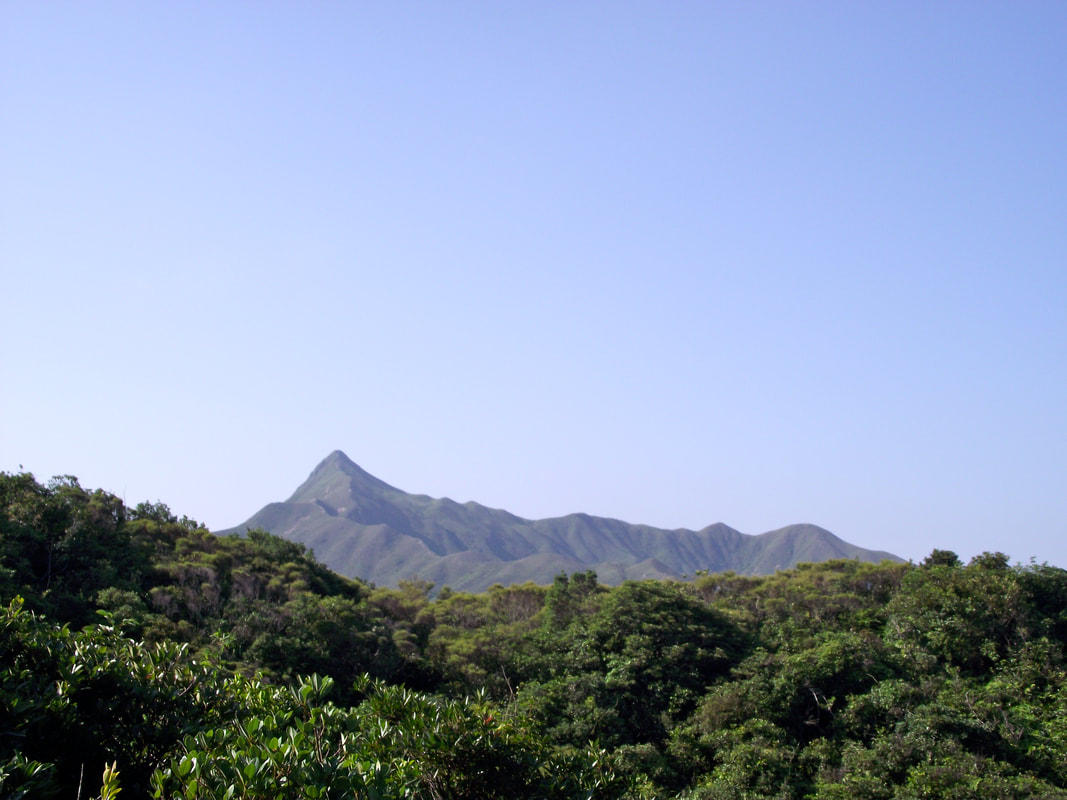
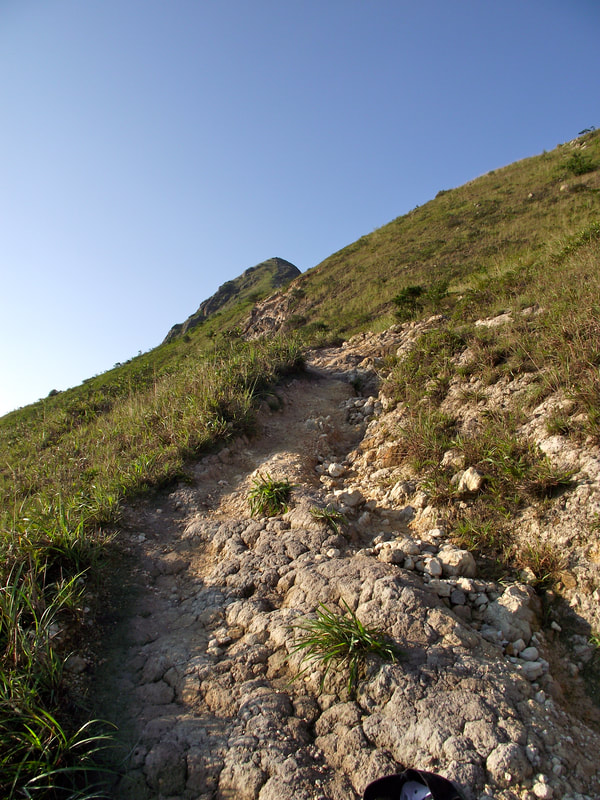

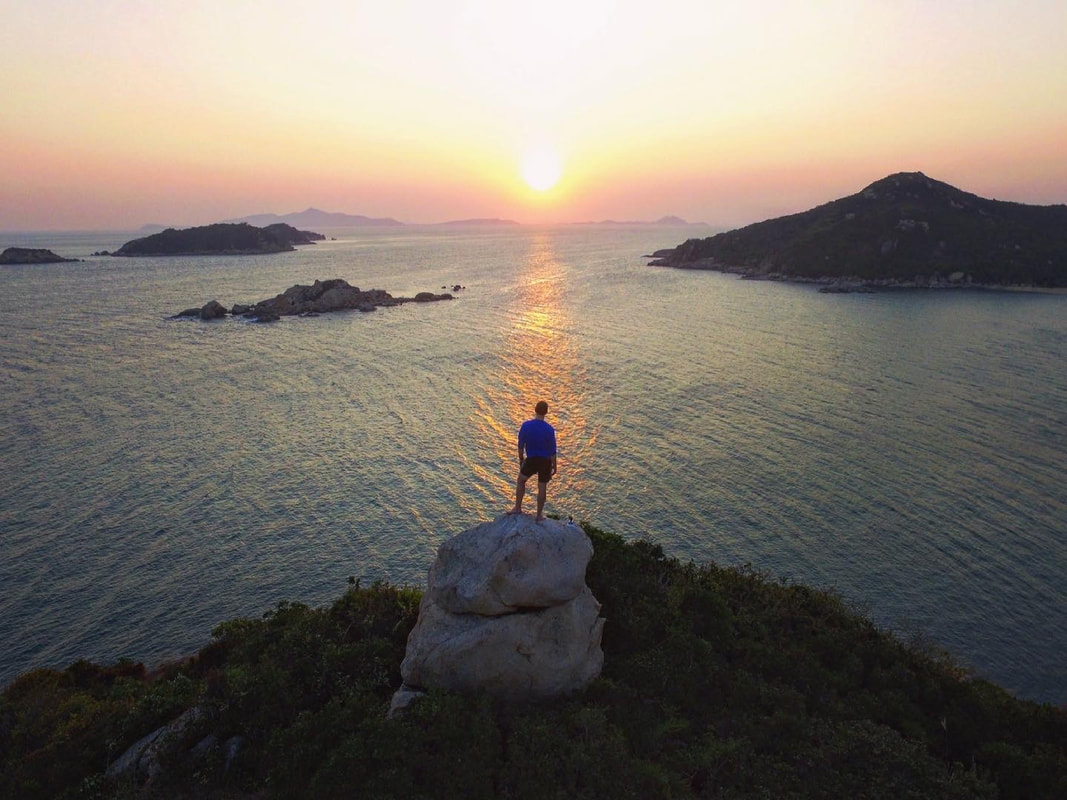
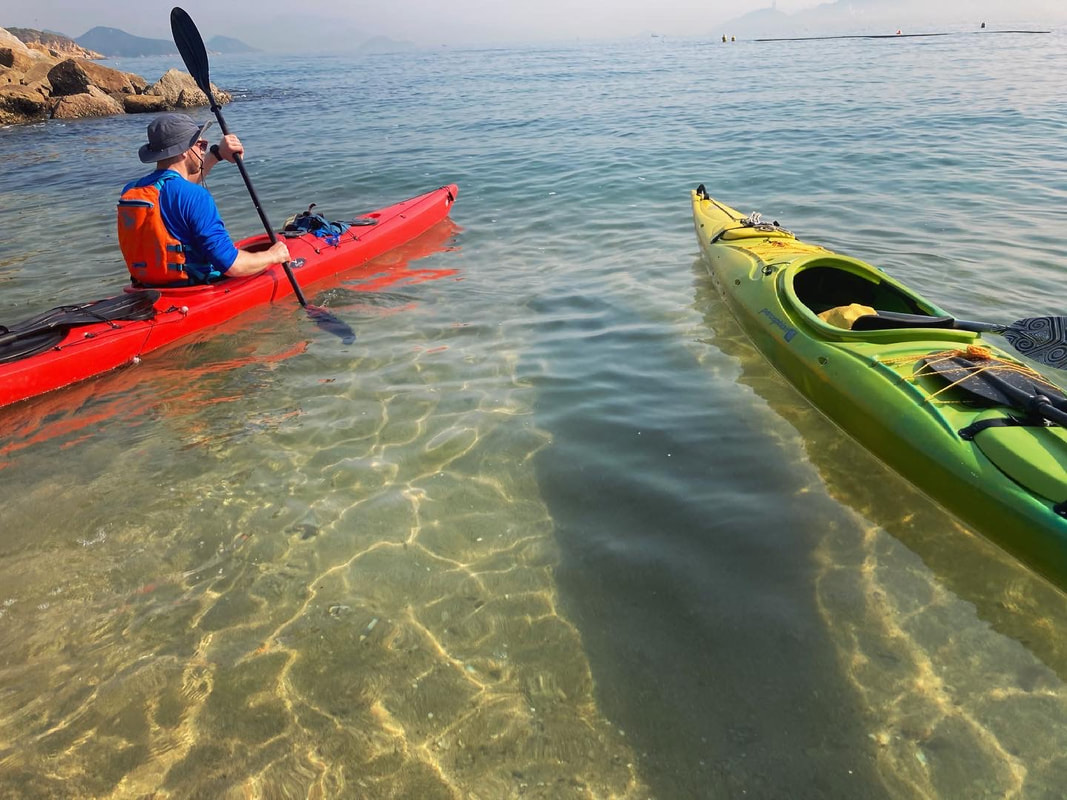

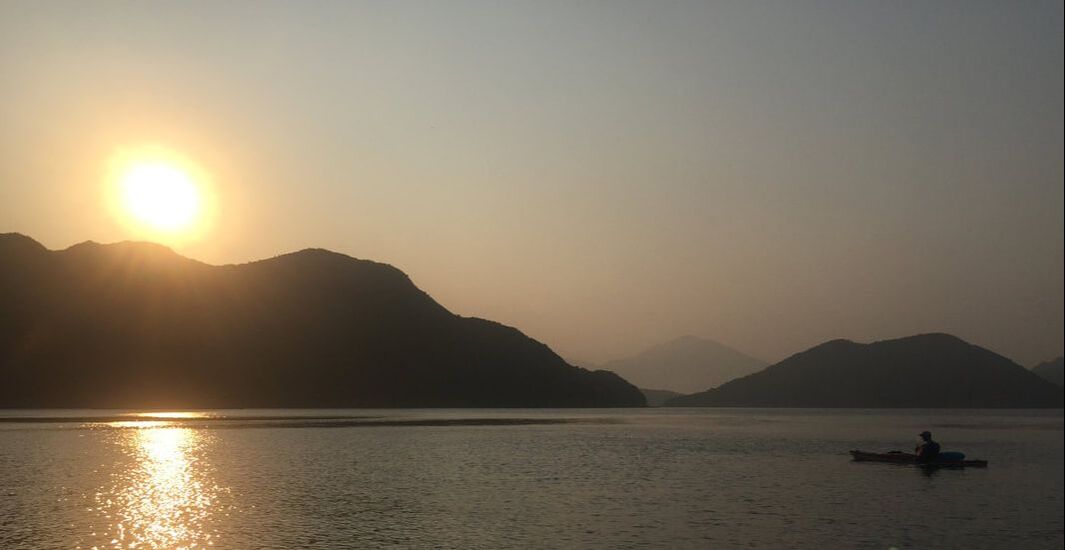
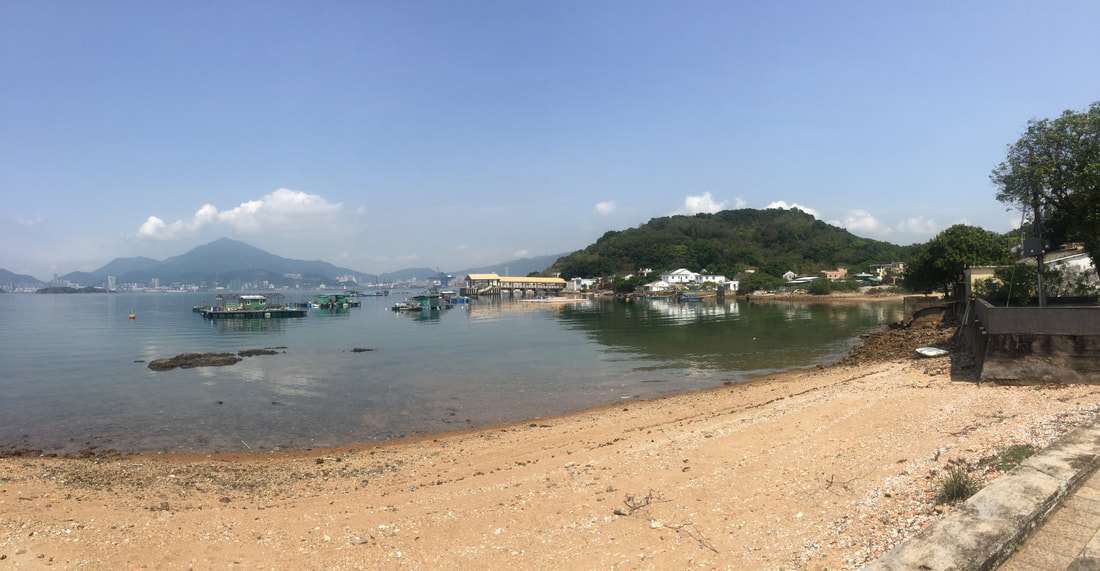
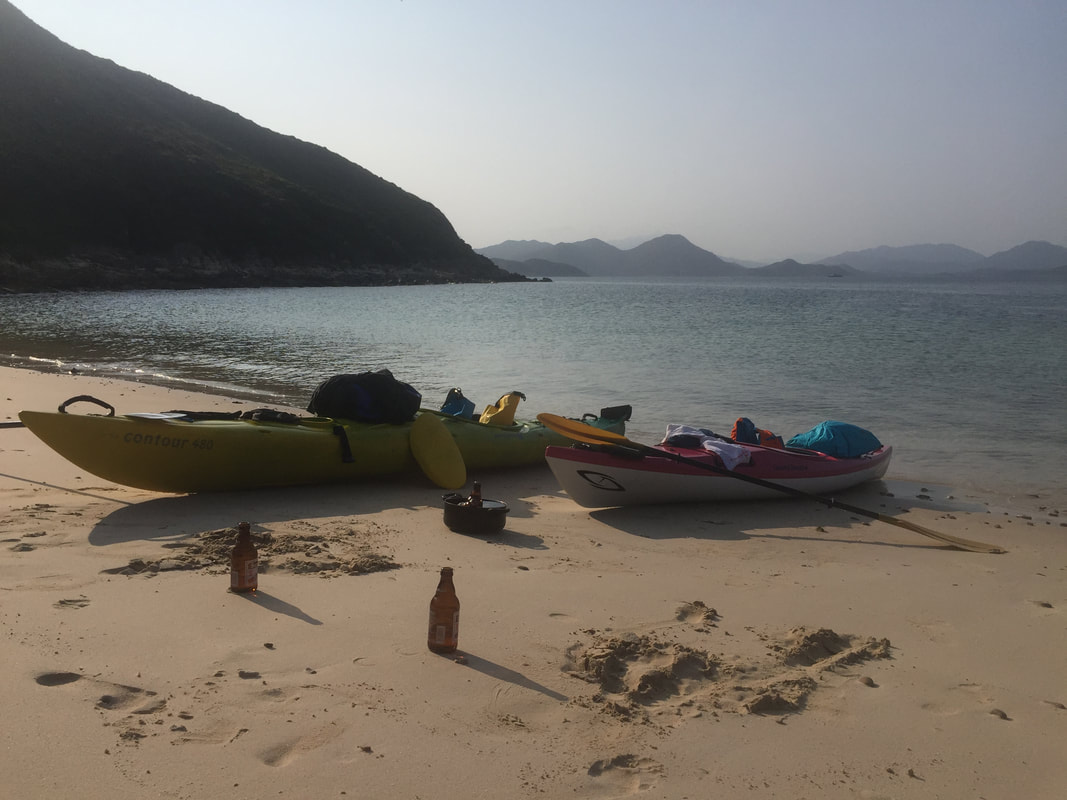
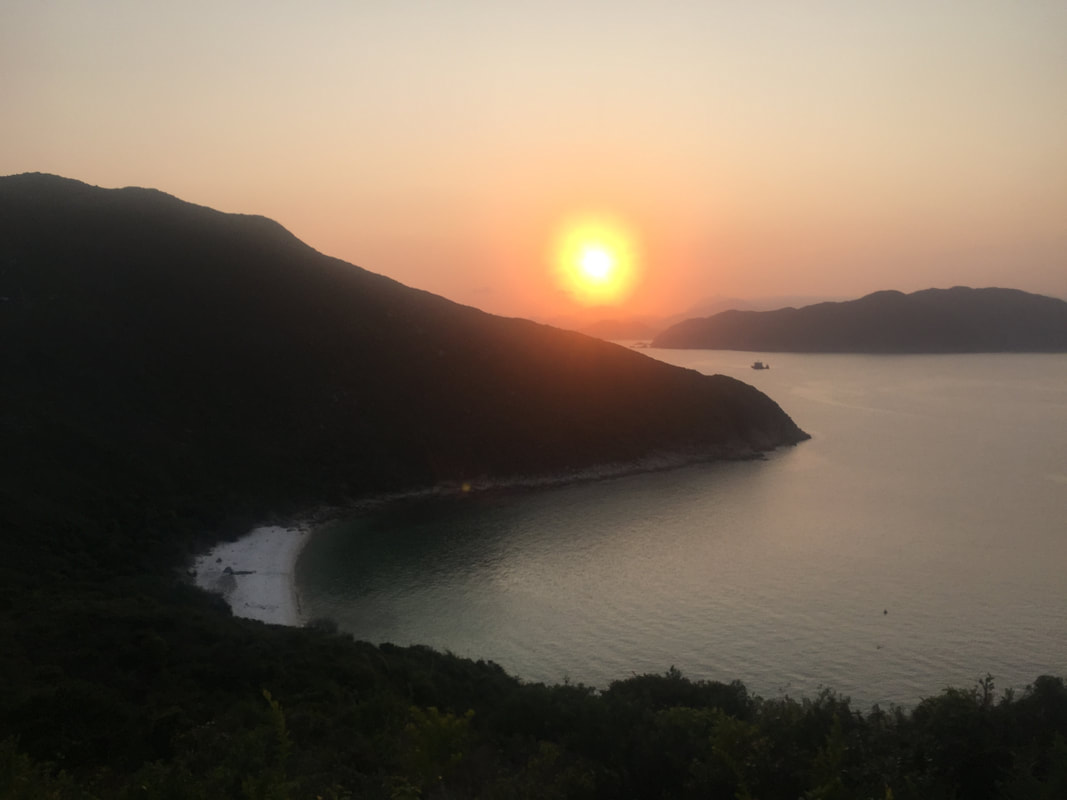
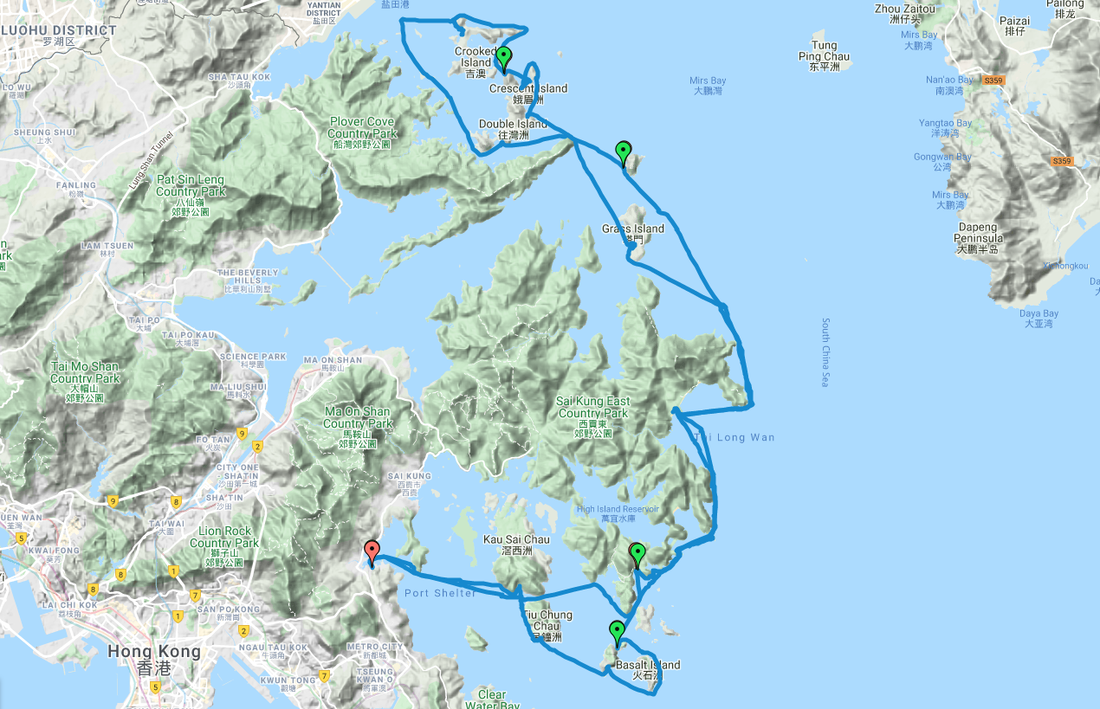

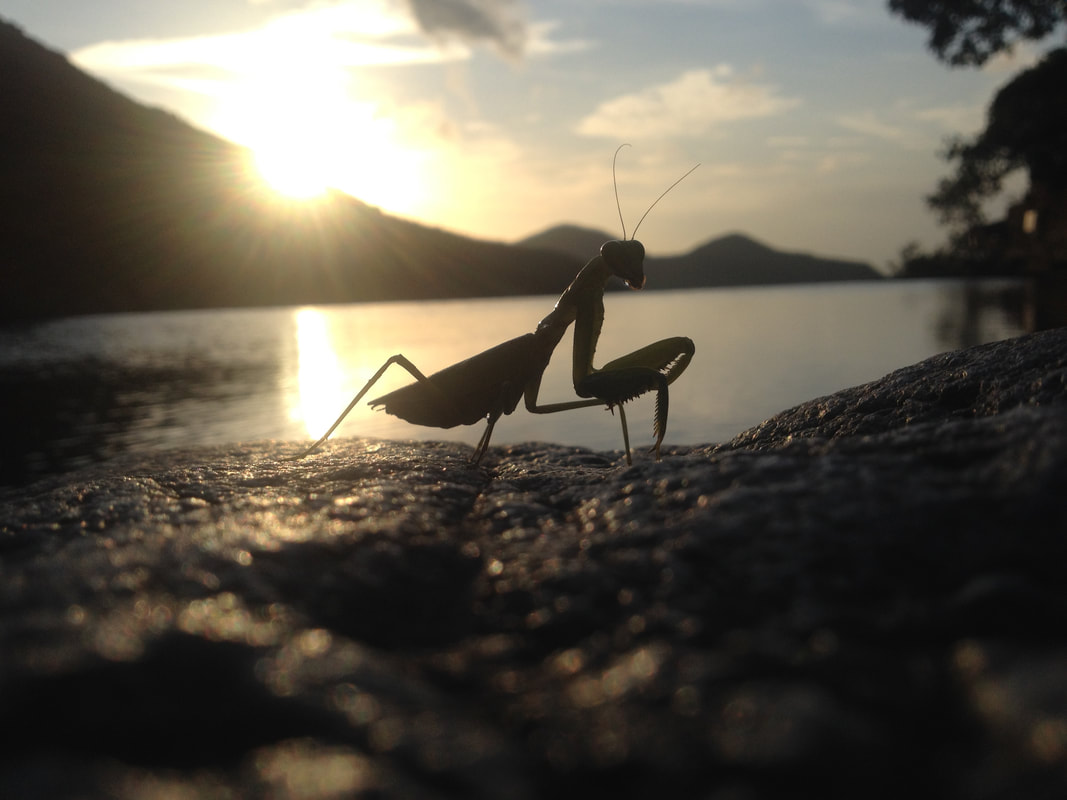
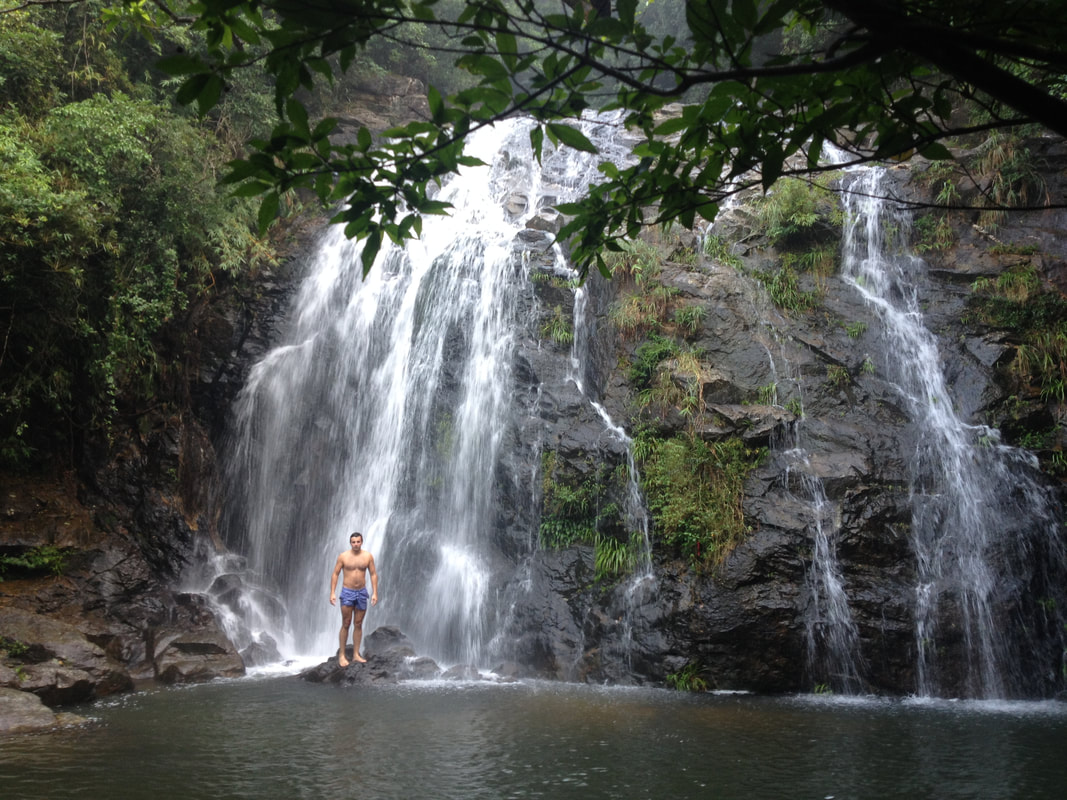

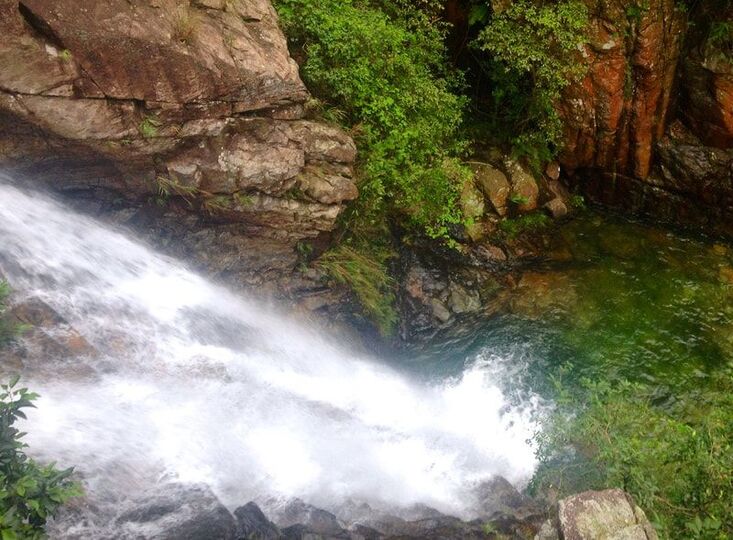
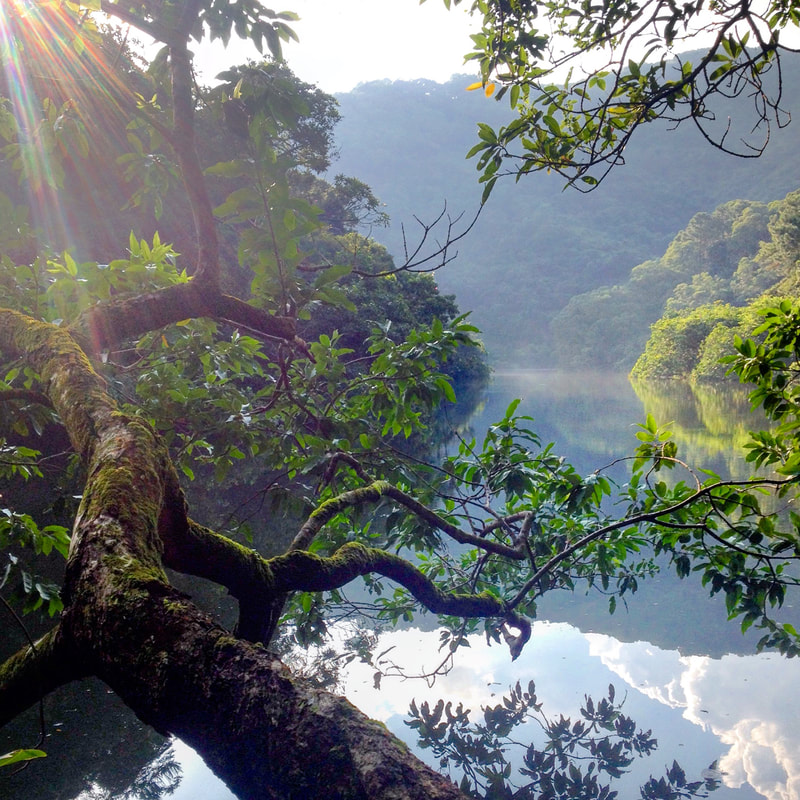
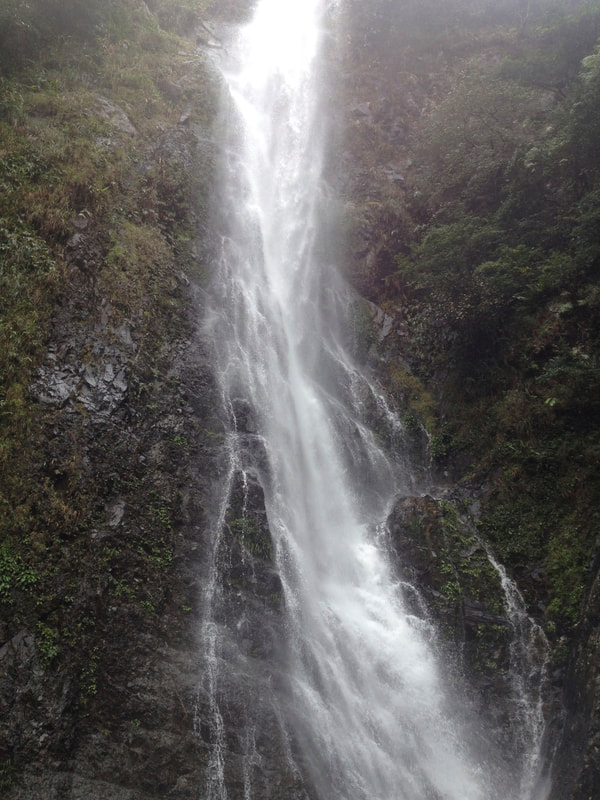

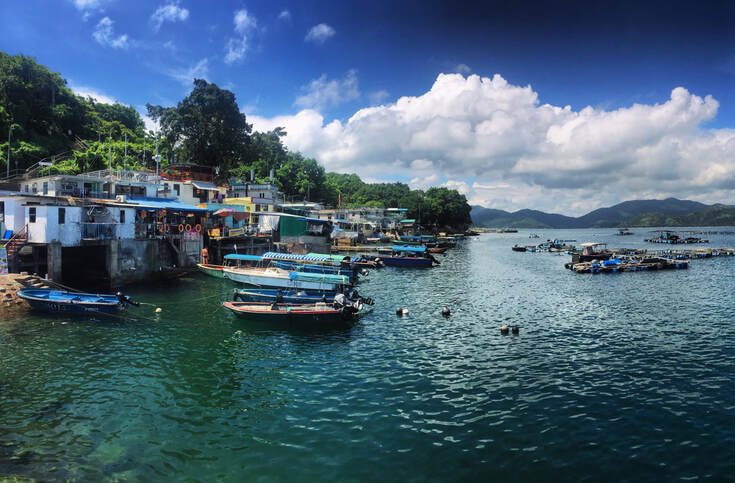
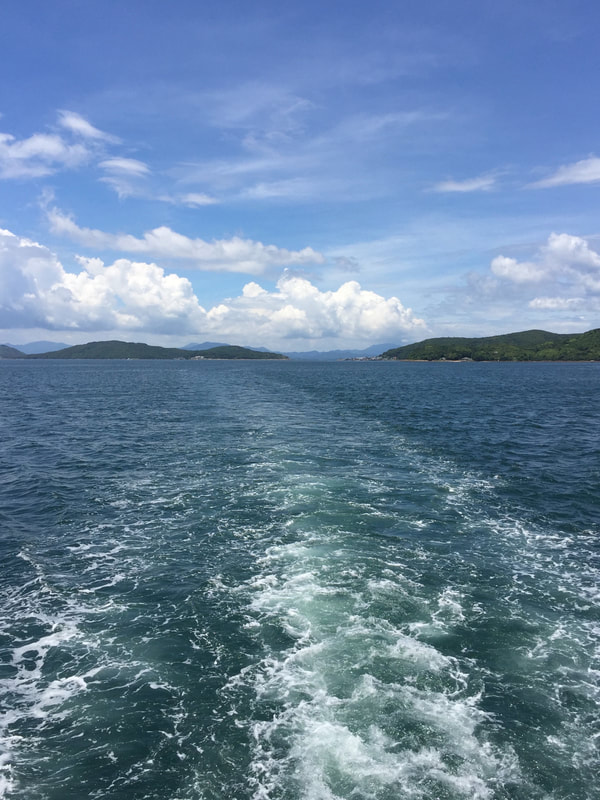
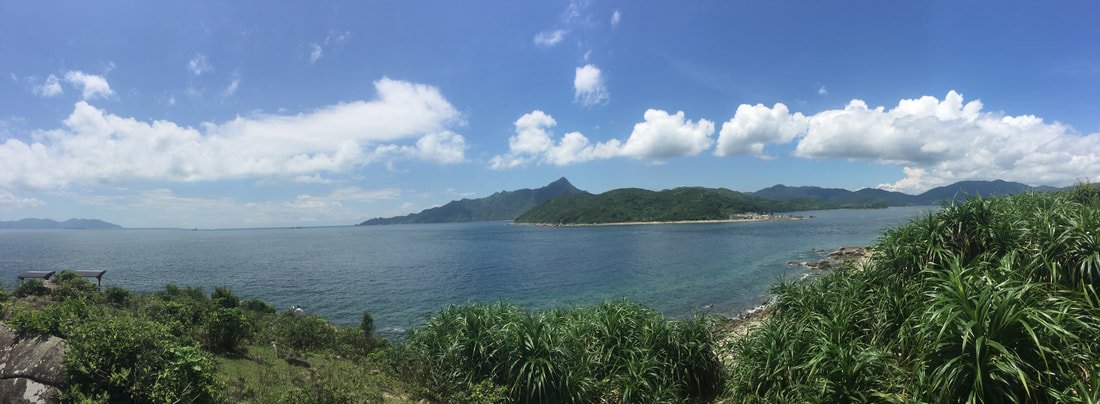
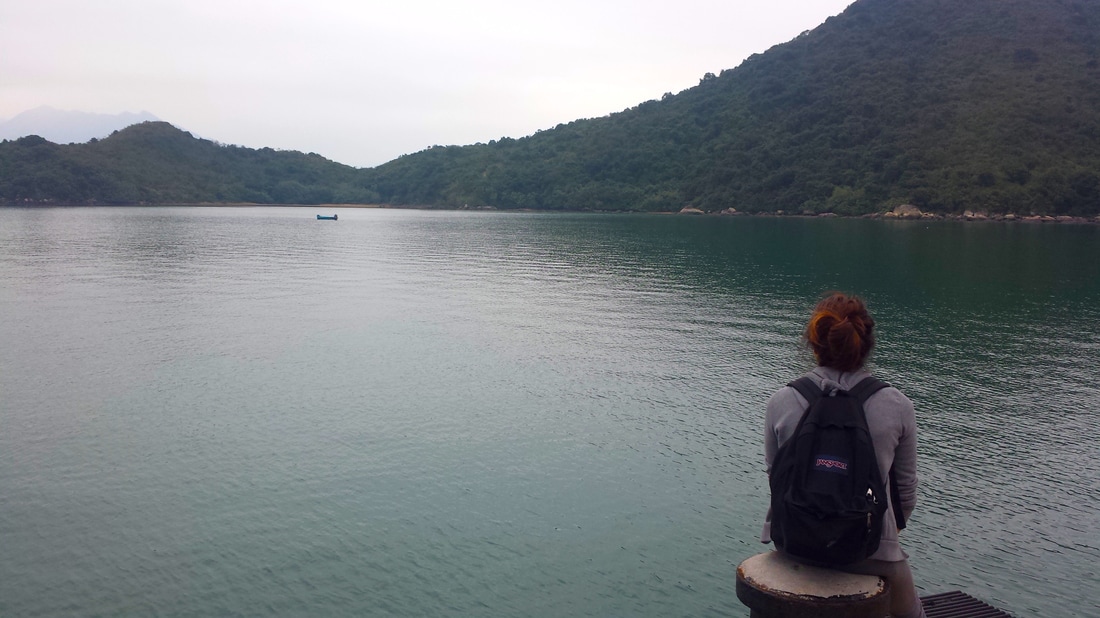
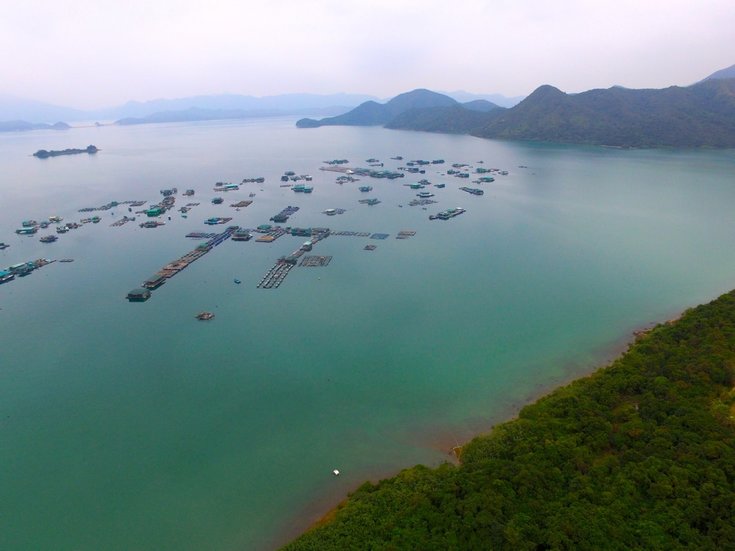
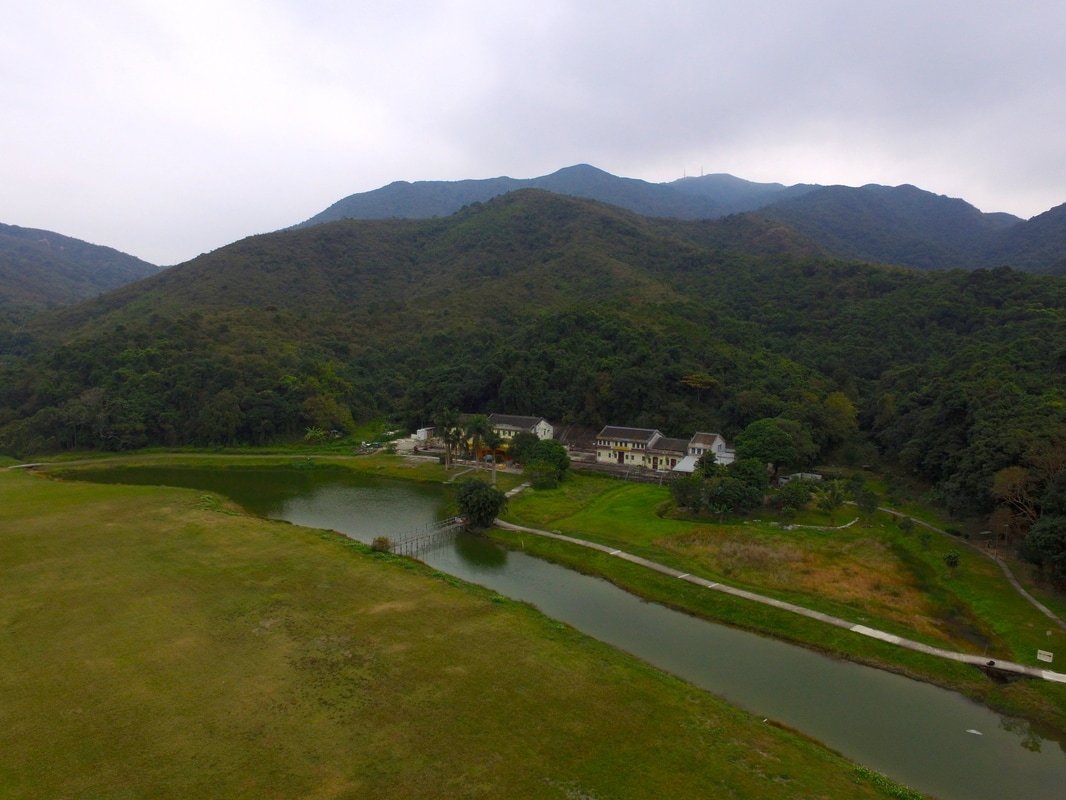


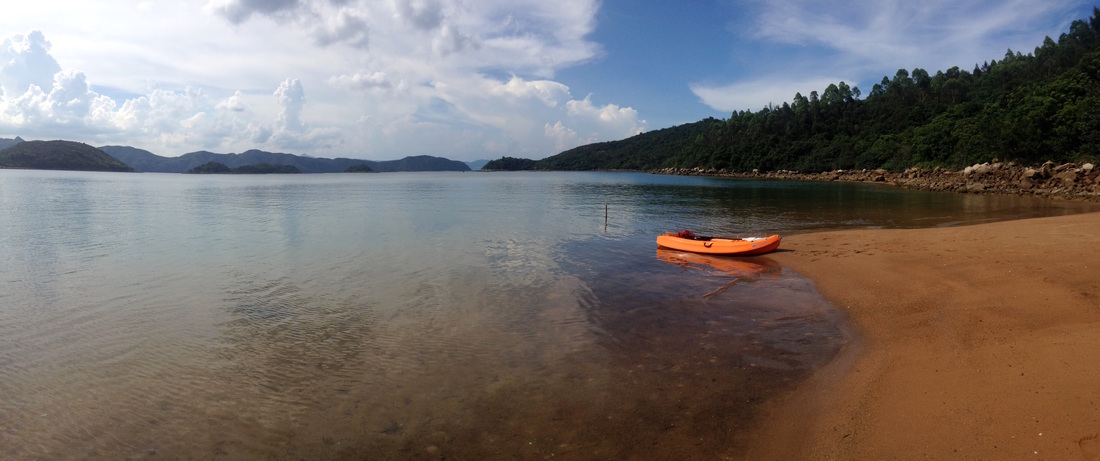
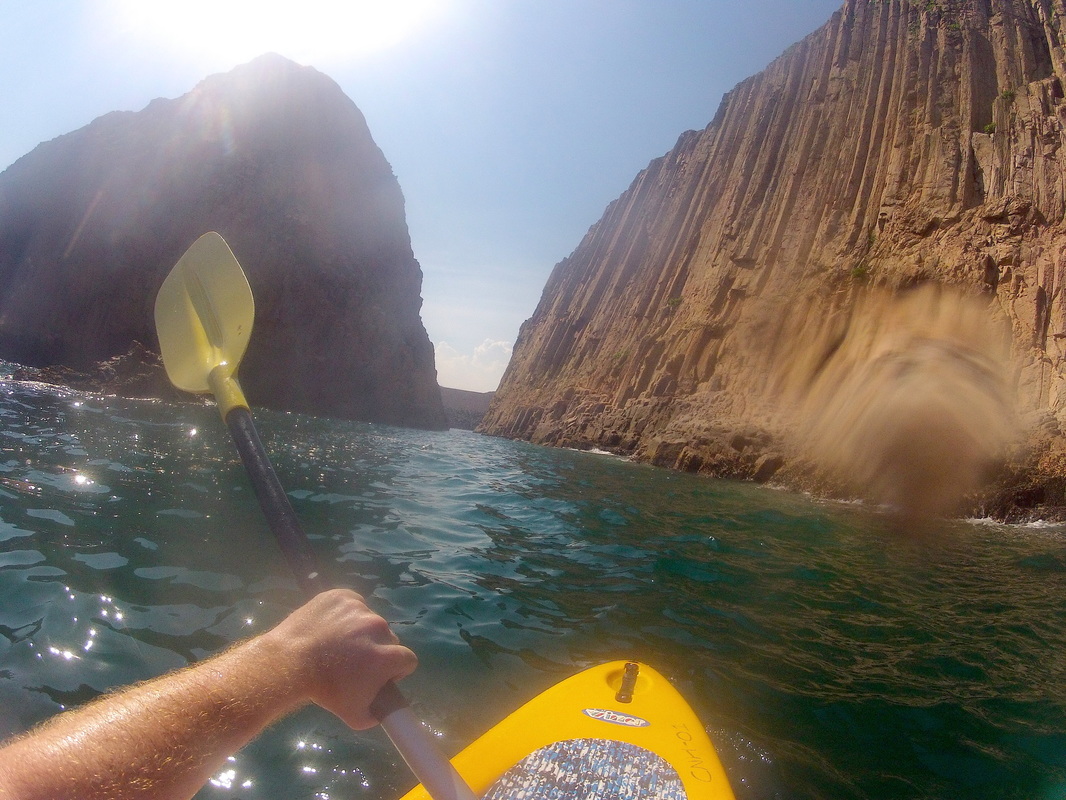

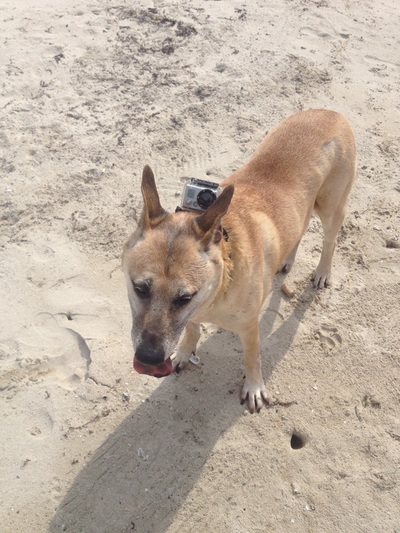
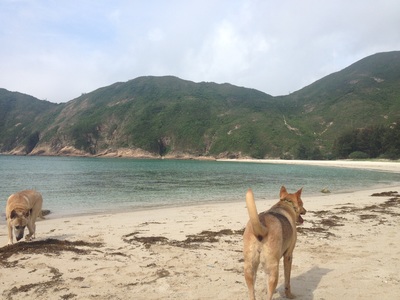
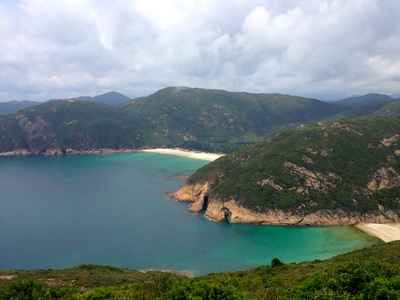
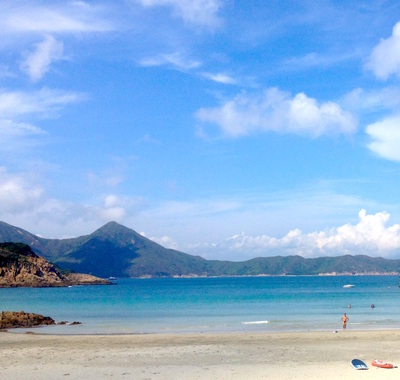

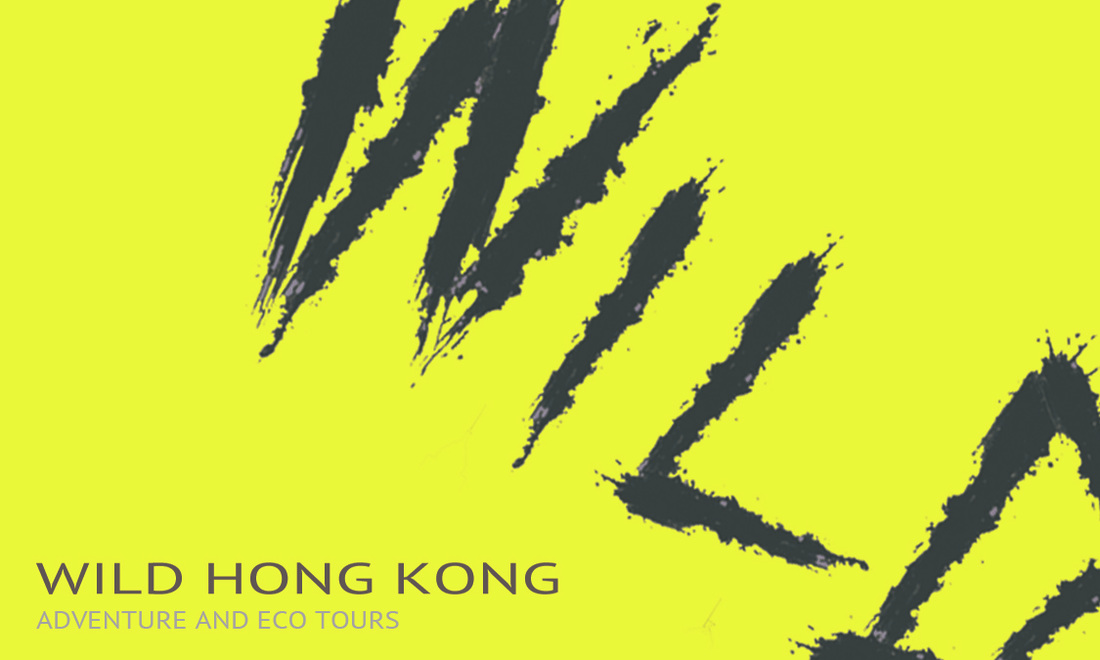
 RSS Feed
RSS Feed
